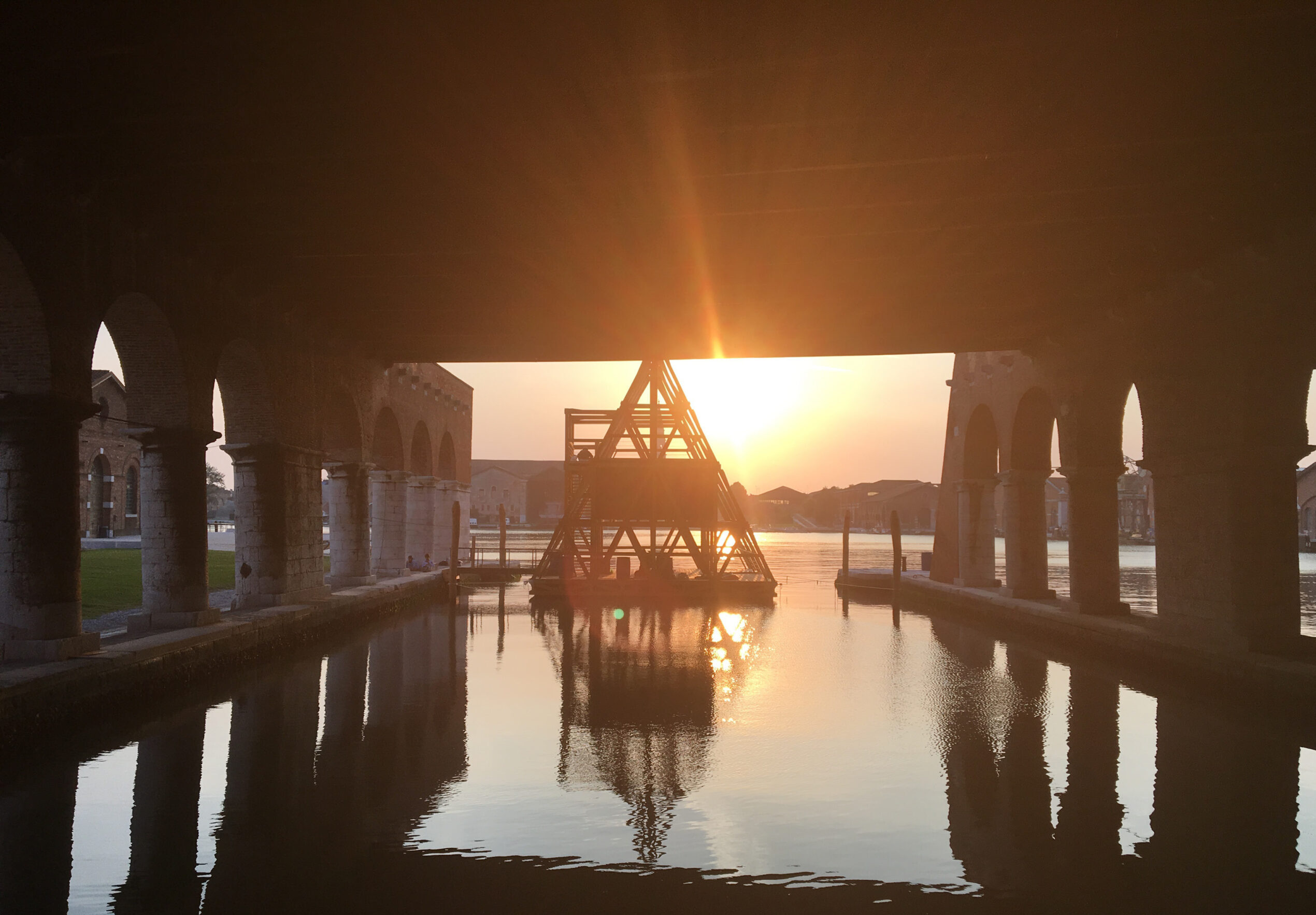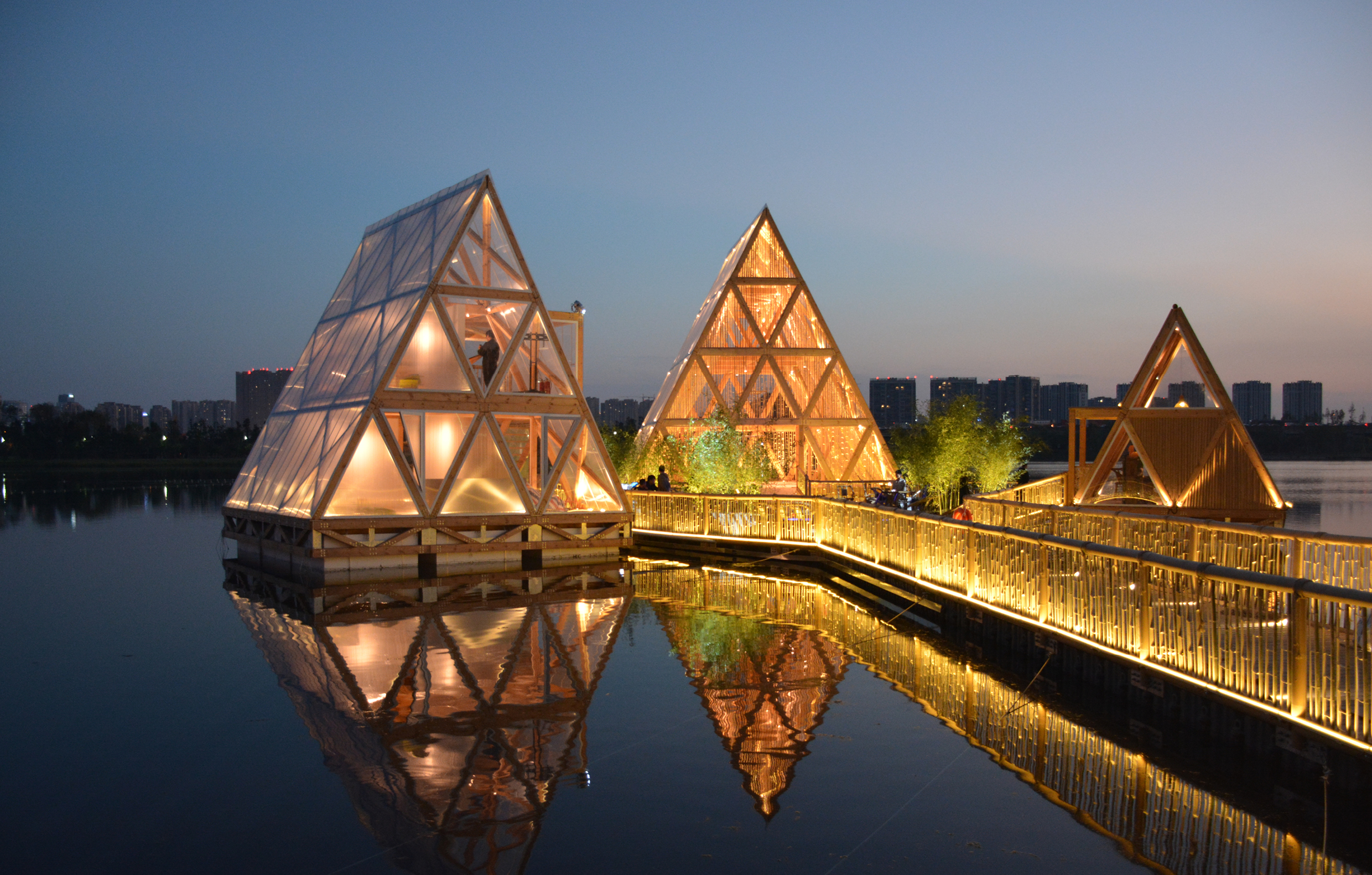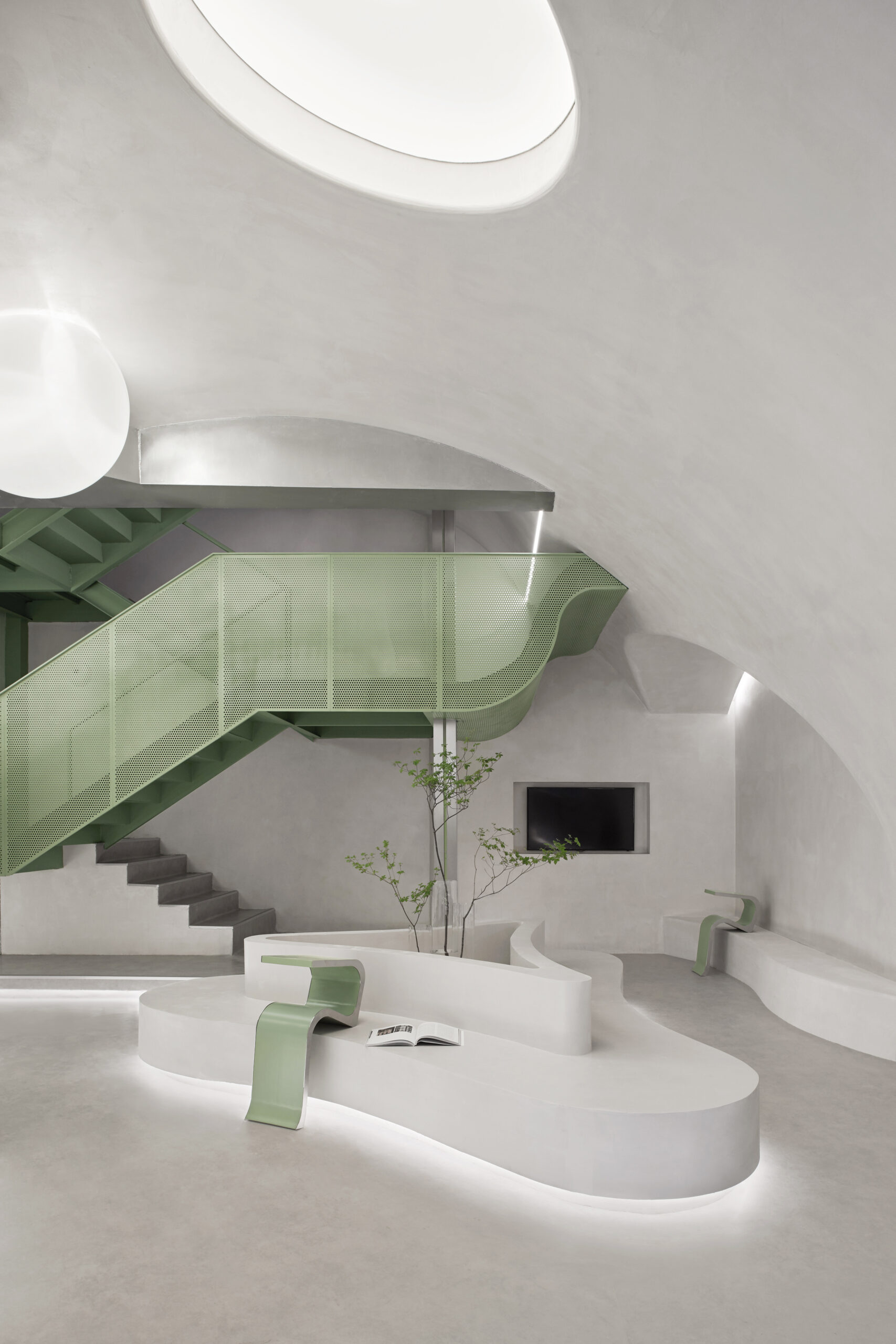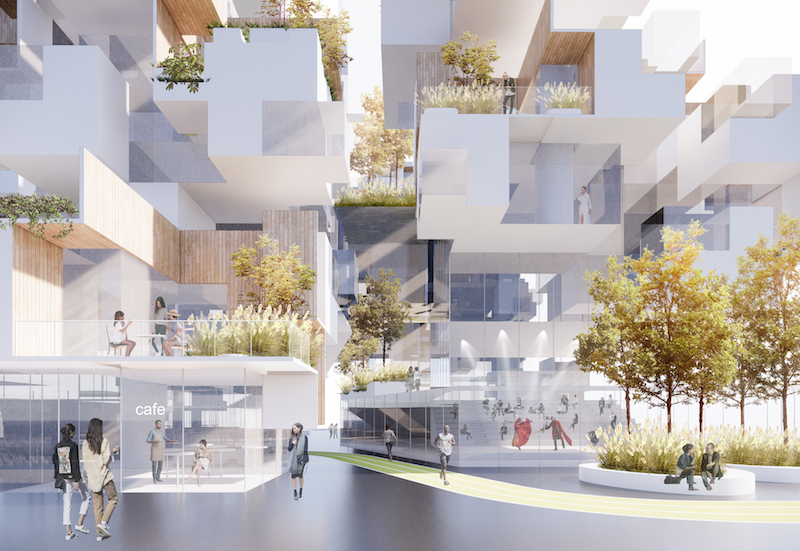Call for entries: The 14th Architizer A+Awards celebrates architecture's new era of craft. Apply for publication online and in print by submitting your projects before the Main Entry Deadline on December 12th!
“Rising seas are sinking futures,” António Guterres, UN Secretary General, told the Security Council during February 2023’s debate, Sea Level Rise and Implications for International Peace and Security. It’s a chillingly frank message.
Across the globe, major cities have often grown in waterside locations. The three largest US metropoles — New York, Los Angeles and Chicago — sit next to rivers, oceans and lakes. All are threatened by the prospect of a higher tide line. European capitals like London and Paris have invested heavily in flood defenses but still need further protection. The list could go on.
This truth is strikingly pronounced in Africa. The planet’s most rapidly urbanizing continent, OECD modeling suggests that within the next 30 years, its cities will need to house an additional 950 million people. According to Kunlé Adeyemi, an architect, designer and development researcher at Dutch practice NLÉ Works, around 70% of those boomtowns are on waterfronts. While researching cheap, easy-to-build structures that could take the pressure of that breakneck growth, he saw firsthand how vulnerable many communities are to the changing climate, despite contributing very little to global emissions and other sources of the crisis.

MFS II presented at the 2016 Venice Biennale by NLÉ
“As I was researching, there was a huge flood in Lagos. This was 2011. The streets were covered by water, I was right in the middle of it, and have always referred to this is an epiphany. We’re not only dealing with the issues of urbanization and rapid growth, affordable housing but what we now know as climate change,” says Adeyemi. “Twelve years ago, in the architecture field, very few people were looking at this… So we began researching climate change in Africa, and this led to the African Water Cities project.”
Focusing attention on Makoko, an impoverished central Lagos neighborhood with a large immigrant population, Adeyemi saw thousands of homes built on stilts, sitting on coastal waters. An area “many might consider a slum” was, to him, “a place of opportunity and ingenuity.” The goal then became to learn from locals about simple building design, and incorporate this into solutions to the threats of rising sea levels and flooding and lack of housing stock.
“It took about a year, or just over [to develop the first Makoko Floating System, or MFS I]. That’s because we did a lot of research, creating a report of, I think, 130 pages, looking at various things beyond design and architecture. The community — its demographic, economy, infrastructure, social system — and policies and regulations for building in Lagos. The legal framework. I spent a lot of time just visiting, building relations and trust with the community for almost a year before we began working.
“One of the key aims was to understand how they built using lightweight timber structures, primarily on stilts, with one or maximum two floors. The ground conditions, underwater, are very poor, but by keeping things light it was manageable. Our first iteration was actually a stilt structure, not unlike what they built, but engineered to be stronger. But we soon saw that even with this, putting foundations into mud means costs quickly escalate. Then, at the time of the flood, I realized they were protected, but as water levels rise something adaptable, something floating, was more ideal,” he explains.

MFS III in Chengdu China by NLÉ
Also looking to NLÉ’s Netherlands base, where boat and floating houses are commonplace, the first real iteration of MFS was completed. Using recycled blue plastic barrels — found everywhere in a port city such as Lagos — and local timbers, a three-story floating structure was erected. Offering around 2,368 square feet (220 square meters) of floor space in total, it could be built with a team of just ten people, and the most advanced tool needed was a hand drill. Constructed in Makoko, the building was used as a school and community space, and stood in place for three years. A story of adaptive resilient design, which Architizer covered at the time.
An impressive feat, as Adeyemi makes clear, the goal was never to deliver a specific building type, but instead a building system that could be used in different ways. Based on the original Makoko school blueprint, efforts to develop this won Silver Bear at 2016’s Venice Biennale — a prize awarded to the best young participants.
“We took what we had learnt from Makoko and introduced improvements for the Venice iteration immediately. We’re now on the sixth version,” says Adeyemi, explaining the latest model can currently be found at Het Nieuwe Instituut (The New Institute) as part of an exhibition, Water Cities Rotterdam. Other examples have also been successfully introduced to locations in Bruges, Belgium, and Chengdu, China (MFS III) — where small, medium and large versions float — and Cape Verde (MFS IV). The latter houses a state-of-the-art recording studio and music hub, complete with venue and bar.

Floating Music Hub in Cape Verde built using the MSF IV system by NLÉ
“We have a lot of knowledge and experience now with this particular system, but we’re also developing other solutions. Like stilt houses, because there is room for these in the water city ecosystem. It really depends on where you are, and the relationship with the shore,” Adeyemi continues. “Tall buildings, or what we call waterscrapers, could be another solution. It’s really about creating a hybrid of concepts, from communities like Makoko that need very low tech, inclusive, accessible designs due to costs and means, to other ideas we might find in Venice, Amsterdam or Chicago. Cities that have a lot of water in the urban fabric.”
As the end of our call approaches, the conversation moves to a more subjective aspect of this discussion. MFS is exemplary of how building designs from the so-called ‘global south’, a problematically generalizing term in itself, offer high levels of resilience and adaptability compared to those in the ‘global north’. We ask Adeyemi if there’s European and US architectural firms have been arrogant in historically ignoring such practices, only looking to them now amid the onset of an environmental crisis in which flexible could be more suitable than fixed.
“I wouldn’t characterize it as arrogance, it’s privilege. It’s a privileged position, at least for now, where there’s an abundance, almost excess, of resources and means and technology. So you can forget the past, and create environments almost hermetically sealed from nature — from the principles that actually keep life sustainable, balanced and healthy,” Adeyemi replies, pointing to building design dating back to the birth of human civilization in places such as Mesopotamia and the Fertile Crescent, as proof MSF isn’t a new approach. Instead, it’s just one half the world almost lost in the chaos of progress.
“A lot of traditional, historic architectures and even the built environments, that you see in the ‘global south’ still embody an approach that is more closely tied to nature. Whether it’s purely out of necessity, or the trajectory evolution has taken some of these regions,” he says. “I think they are places of opportunity, for the north to re-learn some of these ideas, and unlearn some of the excesses which could become problematic in the future.”
Call for entries: The 14th Architizer A+Awards celebrates architecture's new era of craft. Apply for publication online and in print by submitting your projects before the Main Entry Deadline on December 12th!



